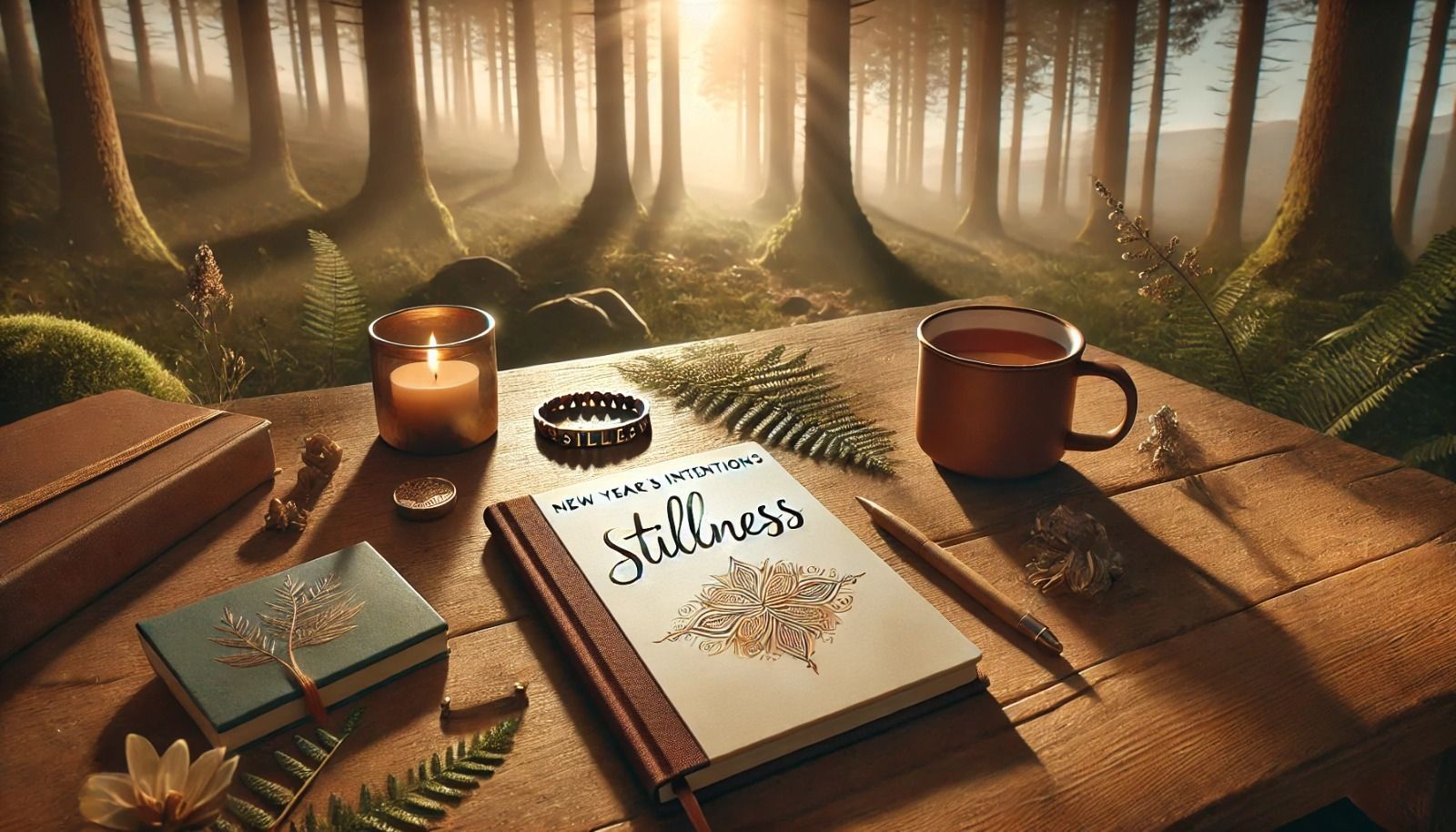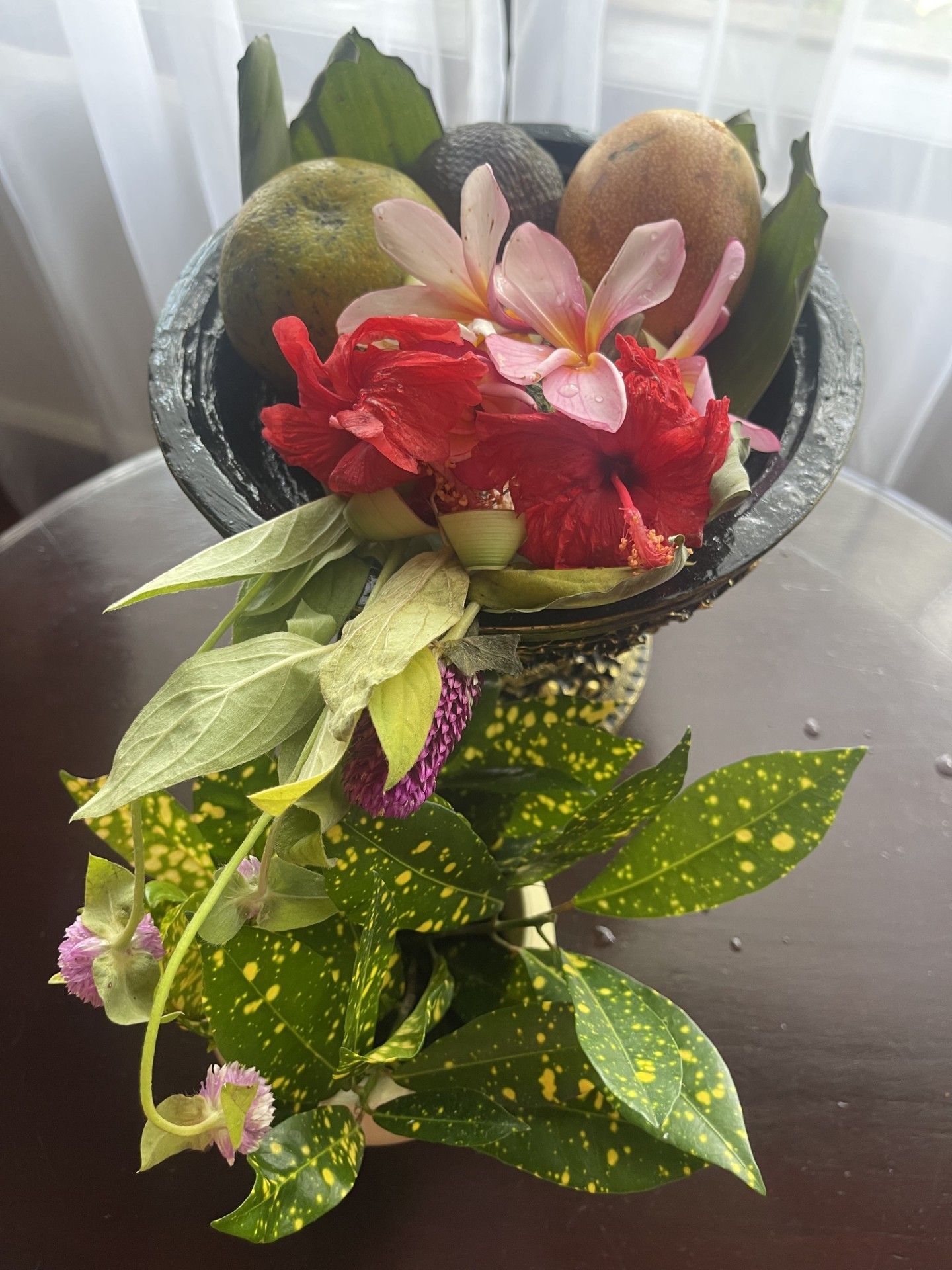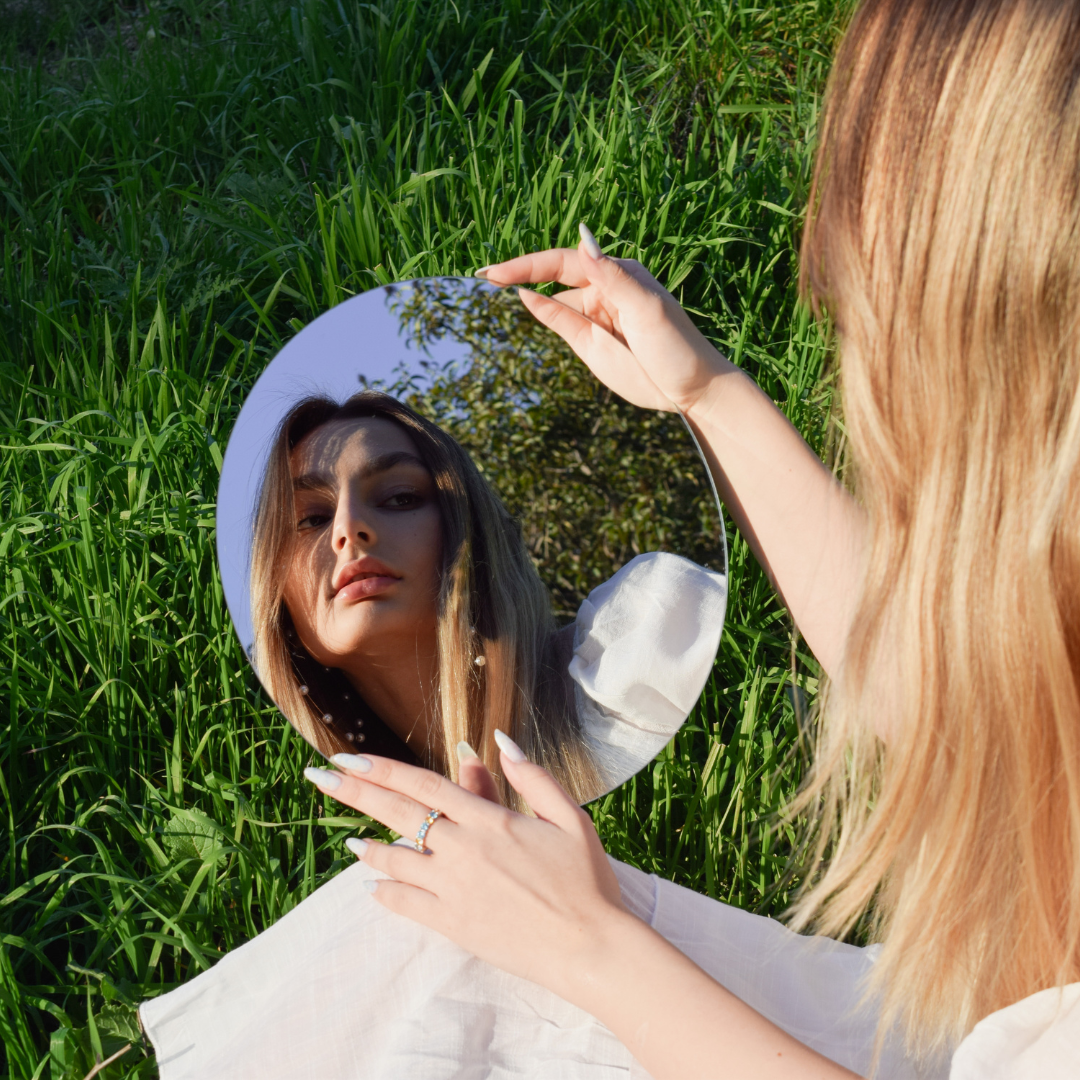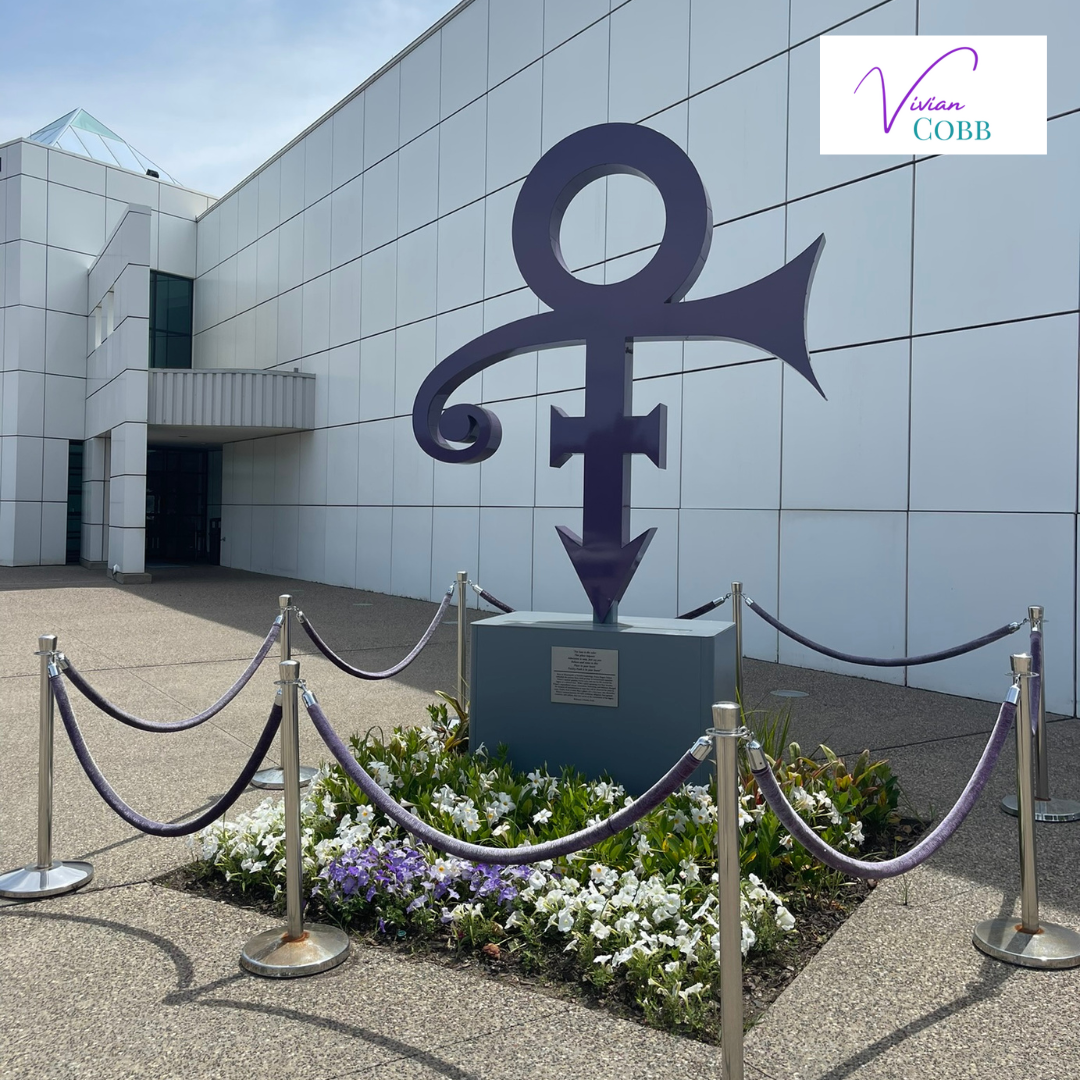Lifeblood
By Vivian Cobb
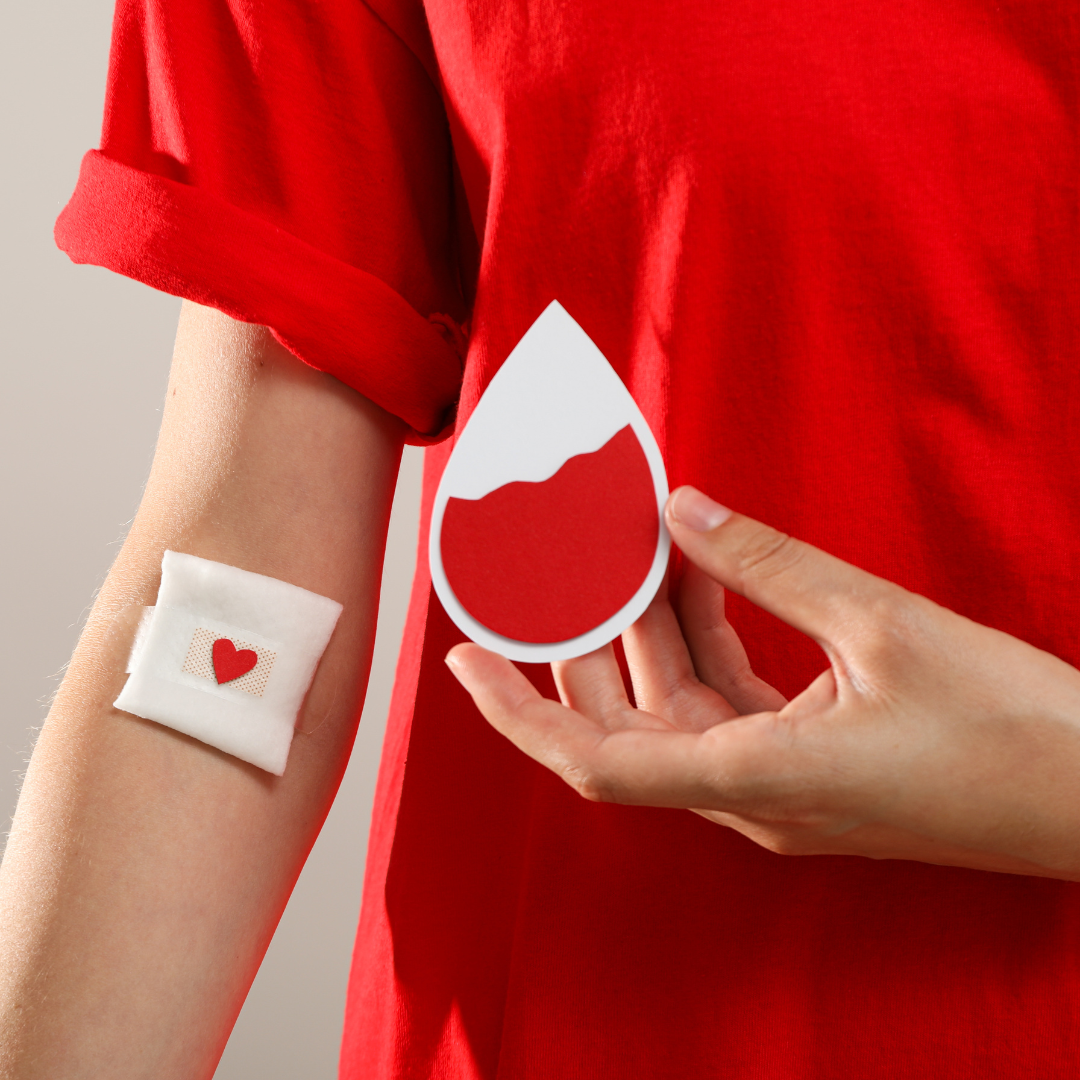
ISSUE 989 - June 2024
The crimson liquid snakes its way through the translucent tube as I watch, fascinated by my blood's deep and rich color.
This thought pops into my head: Once again, I'm giving my essence, hoping it will save someone's life or make their wellness journey easier. I am a giver, after all, so why not give my blood?
I first gave blood at a blood drive my high school had back in the 1970s. We received a lecture on the importance of giving blood and how meaningful it was to the medical community. We also learned that type O negative was the blood type most needed because it's universal and is given to all blood types. Unfortunately, O can only give to O.
This information made perfect sense, and the process seemed relatively easy. My having type O negative blood, and my desire to contribute to my community, even at the tender age of 17, helped me make up my mind. I was sold.
In my first year of college, another blood drive came up at the University of Texas. I didn't think twice about donating again and went to get in line. However, my giving spirit was thwarted. I was rejected due to my weight. For my height, the minimum requirement was 110 pounds. They weighed us on sight, and I failed. I was only 105 pounds. I was heartbroken.
I was not eligible to give blood for years. My metabolism and activities stayed ahead of my calorie consumption. (That is definitely no longer an issue, darn it!).
During the years of having young children, I got phone calls to donate, but I always declined. I was already giving enough of my energy and myself away to my little ones and feeling depleted all the time; psychologically, the thought of giving away my blood was a hard no.
It wasn't until 2020, after I contracted COVID-19 so early in the game and recovered, that the blood center approached me. They asked if I would be willing to donate my platelets so I could pass on my immunity to the virus to healthcare workers to help keep them safe.
It was long before the vaccine was available, and even though they didn't know if it would be successful, they were trying anything at the time.
Without hesitation, I volunteered and reentered the blood donation pool. As soon as I was cleared of any virus repercussions, mainly getting off oxygen, I went to the Vitalant Blood Donation Center to do my part. I had never donated my platelets before. It wasn't much different than giving blood; it just took longer as there was the process of returning my blood to me.
A few weeks later, I received a letter informing me that my platelets had been donated to healthcare workers in El Paso, Texas. They expressed their appreciation and the importance of my donation, which made it real.
Without a global health crisis in place, someone needs blood or platelets every two seconds in the U.S. The average red blood cell transfusion is three units. If you're in a car accident, you could need up to 100 units of blood. Blood and platelets cannot be manufactured; they must come from donors.
Only 7% of the population is O negative. This blood type is always in great demand and is often in short supply.
How do you give of yourself? If donating blood is one way you have considered, I strongly encourage you to do it.

